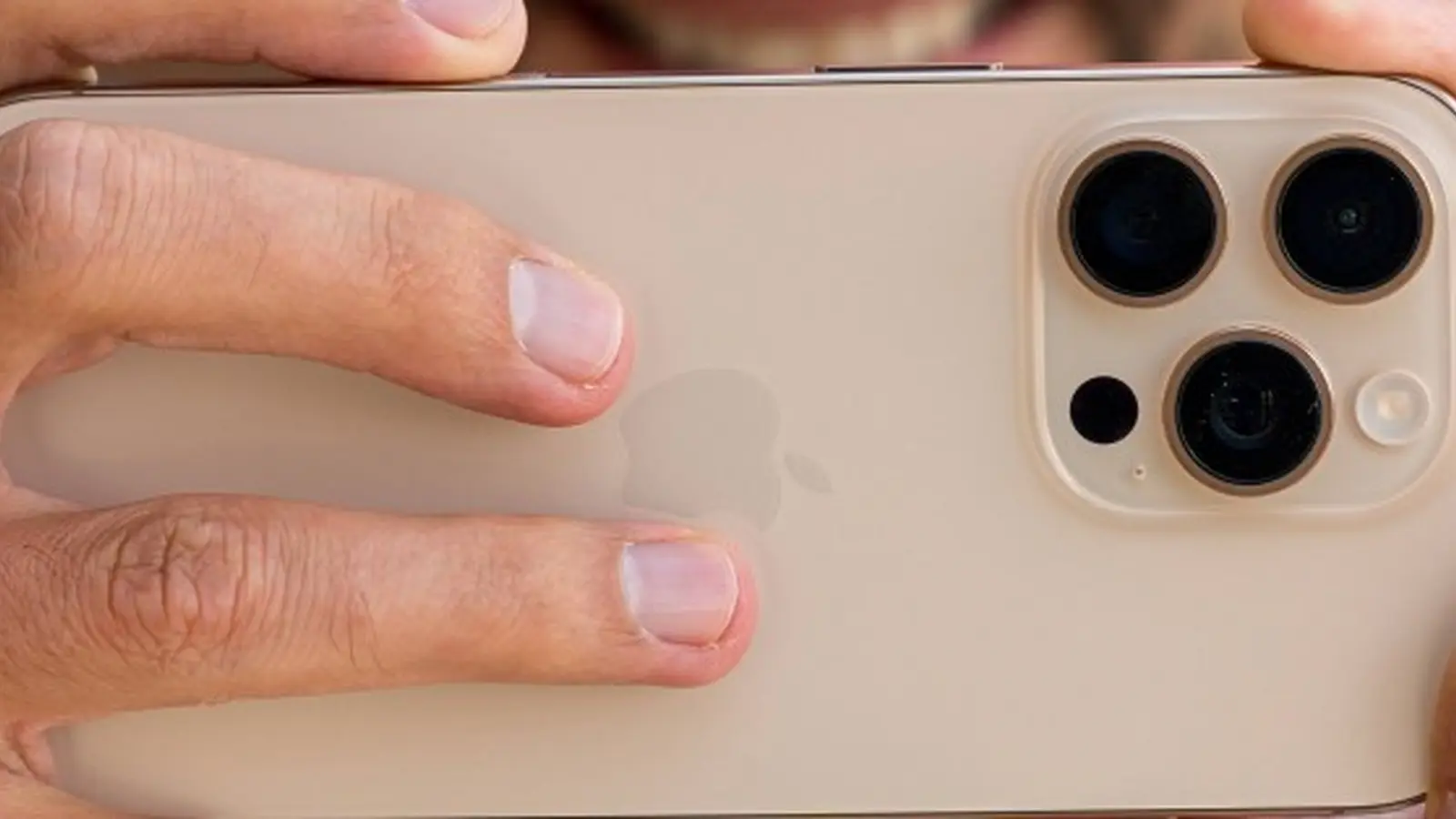3 Minutes
Apple keeps Camera Control, but with a redesign
Recent whispers that Apple would remove the Camera Control from the iPhone 18 line appear to be inaccurate. Trusted tipster Instant Digital took to Weibo to say the Camera Control will remain on upcoming iPhones, but with a redesigned implementation. Rather than eliminating the feature, Apple is reportedly simplifying its hardware.
What’s changing: pressure-sensing replaces capacitive input
According to the leak, Apple plans to drop the current capacitive layer of the Camera Control and retain only the pressure-sensing mechanism. This streamlined approach aims to reduce manufacturing costs and address repairability concerns — the tipster notes that the existing Camera Control assembly is difficult to service.
Product features
- Retained Camera Control functionality (shutter, zoom, quick camera toggles)
- Pressure-sensing input instead of capacitive touch
- Simplified internal design for lower production cost and potentially easier repairs

Comparisons and advantages
Compared with the current dual-input Camera Control (capacitive + pressure), the iPhone 18’s single-mode pressure sensor should be cheaper to produce and less complex to assemble. While tactile responsiveness may be altered, Apple is expected to deliver similar user experience through software tuning. The change could improve serviceability versus the present hard-to-repair module.
Use cases and user impact
Photographers and pros who rely on hardware shortcuts will likely retain familiar workflows—quick shutter activation, granular exposure controls, and on-the-fly zoom adjustments. Developers and iOS power users should expect Apple to preserve existing Camera Control APIs or provide equivalents so third-party camera apps continue to work smoothly.
Market relevance
This move reflects broader industry trends: OEMs trimming component complexity to cut costs while keeping headline features. For Apple, the redesign balances premium user experience with margin and repairability improvements—factors that matter for buyers, carriers, and repair networks worldwide.
Source: gsmarena


Leave a Comment